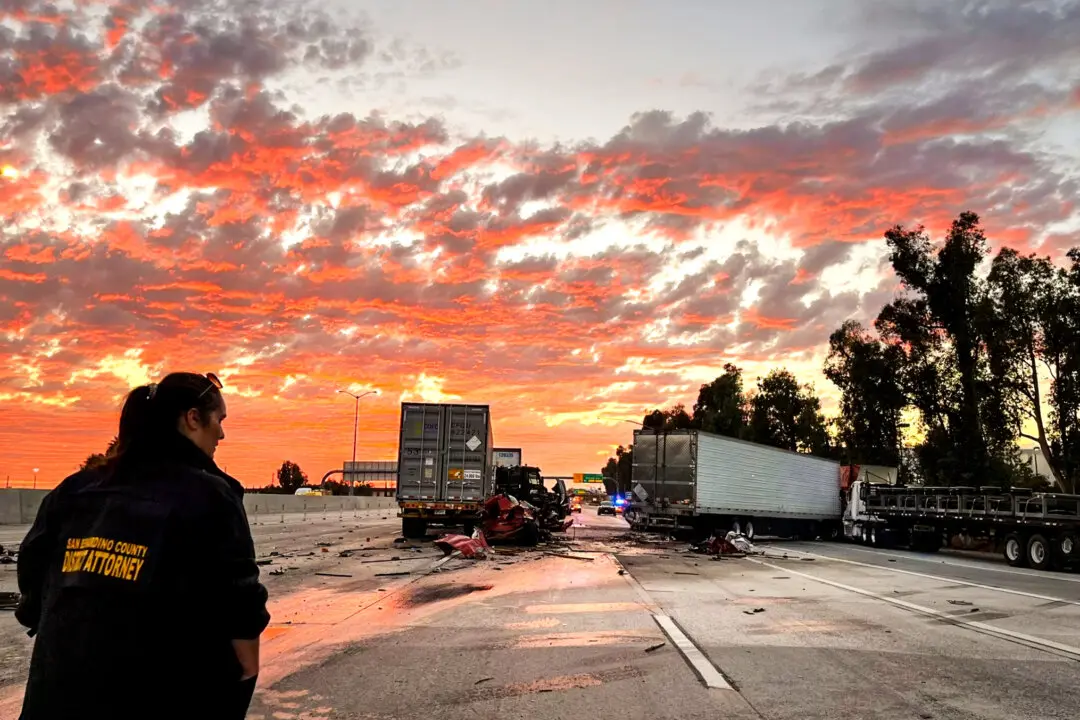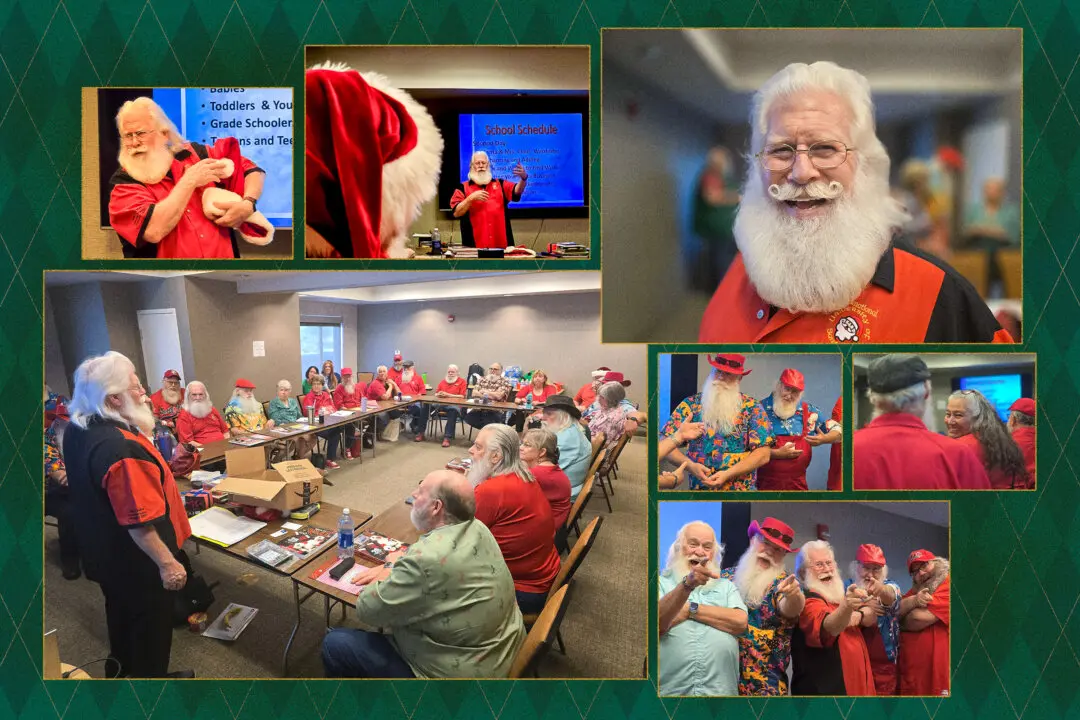Alpine wild horse advocates in Arizona are awaiting lab results to determine whether the free-roaming horses being rounded up on U.S. Department of Agriculture Forest Service land and sold online are of a historical Alpine lineage.
While a positive determination of Alpine heredity may not halt the Forest Service’s scheduled roundups, it may “alter the conversation,” said Gus Cothran, a retired emeritus professor, and consultant with the Animal Genetics Laboratory at Texas A&M University.





